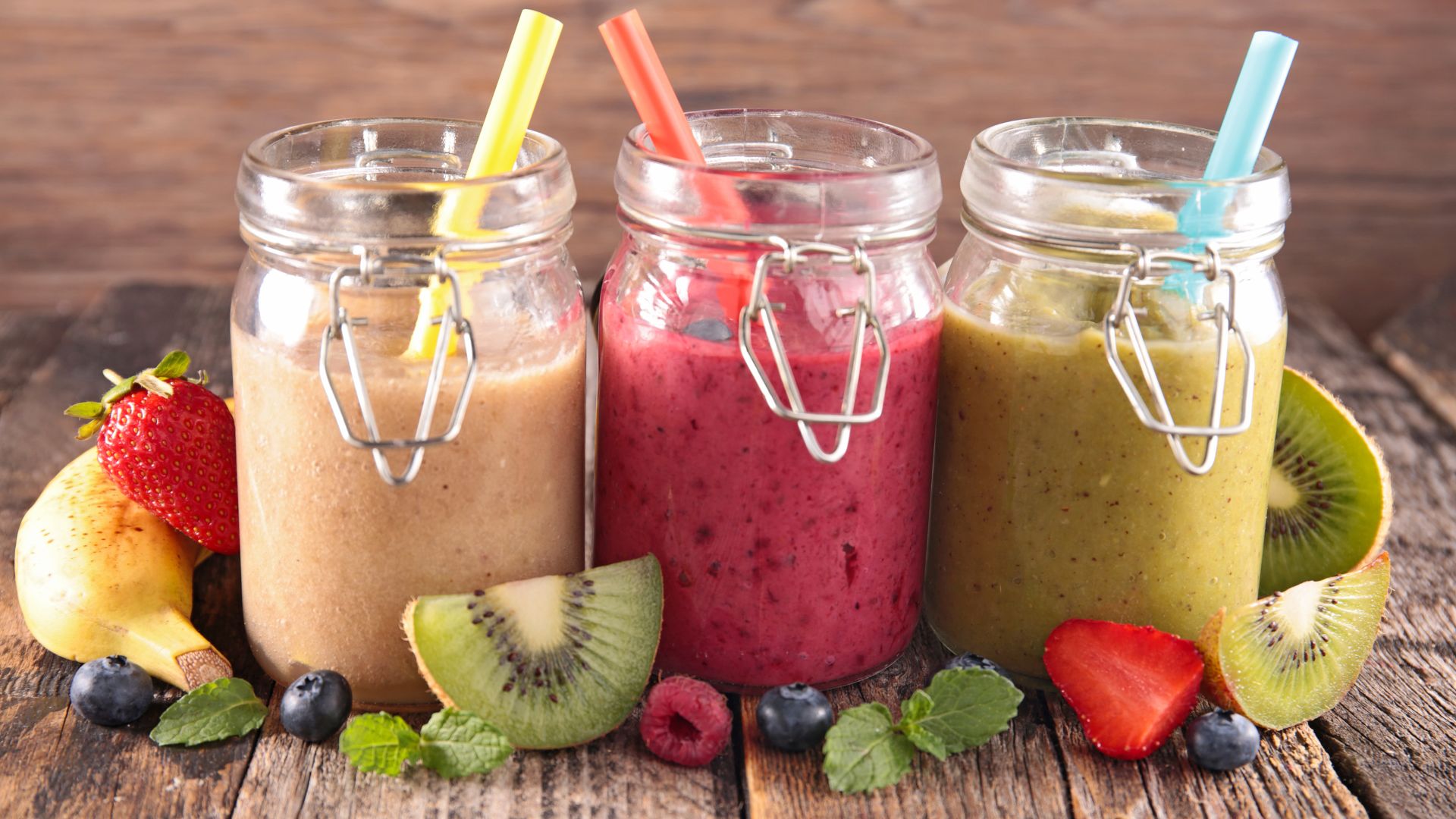Do you love making healthy smoothies but hate the way they turn brown if left sitting on the countertop or the refrigerator? If the answer is yes, then what’s written below may be of help.
In this article, I will explore how to keep smoothies fresh for longer, including a helpful step-by-step guide.
Sounds good, right? Keep reading to find out more.

Spot The Signs: How To Tell Your Smoothie Has Gone Bad
First of all, I’m going to take a look at ways in which you can tell a smoothie has turned bad before I move on to how you can keep your smoothie fresh for longer.
Color
The most notable sign of a smoothie that’s turned bad is the color. Even if you leave it on the kitchen countertop for a couple of hours, you will notice that it begins to turn brown quite quickly.
Smell
Another sign is the way it smells, particularly if made with milk or alternatives such as coconut or vanilla almond milk. It may smell quite sour and not very appealing.
Taste
If you’re still suspicious, you could try tasting it (if you’re brave enough). A bad smoothie will taste pretty sour and gross. However, you’ll more than likely notice it’s turned bad before ever needing to taste it!
How To Keep Smoothies Fresh: A Step-by-step Guide
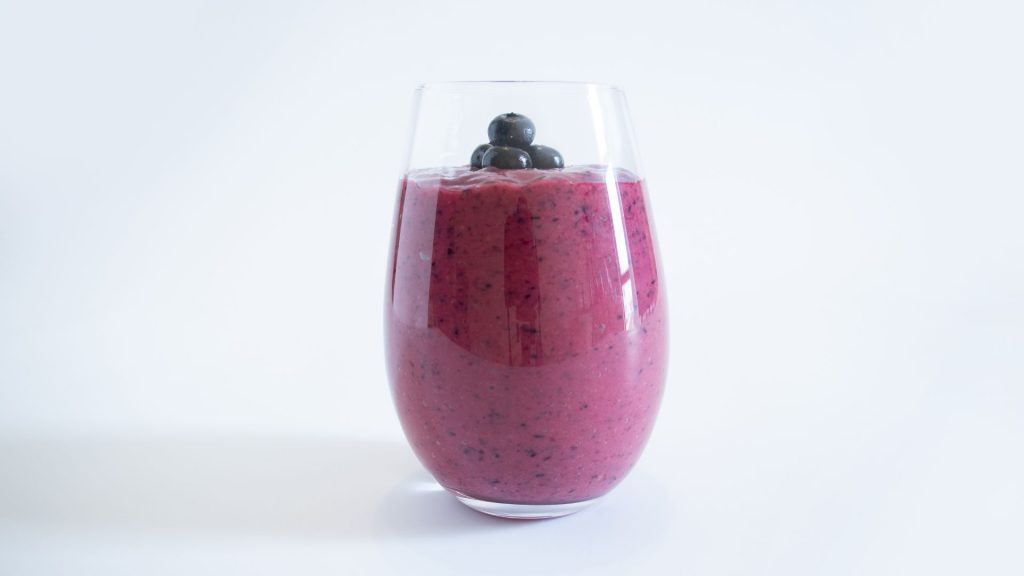
So, I’ve finally arrived at the reason for this article; how to keep smoothies fresh. If you have a leftover smoothie that you’d rather not waste, my mini guide below may be of help.
Step #1: Make a Big Batch
If you’re looking to keep your smoothies fresh, why not make a big batch to store for later consumption? Not only will this save time throughout the week, but smoothies are also a healthy breakfast or snack option, so you will have one readily available at any time.
Step #2: Choose The Right Container
Purchasing the right container is essential if you want to keep your smoothie as fresh as possible. Anything with an airtight lid will work! Mason jars are perfect for storing individual portions and work well in both the freezer and refrigerator.
Step #3: Fill, fill, fill!
To keep your smoothie as fresh as possible, you will need to fill your containers to the brim. Of course, airtight containers are designed to prevent air from getting inside, but filling to the top is necessary for the best possible outcome.
Step #4: Freeze or Refrigerate?
Once your batch has been separated into individual containers, you need to decide whether to freeze or refrigerate them. The answer to this will depend on how quickly you wish to consume them.
Smoothie Shelf Life
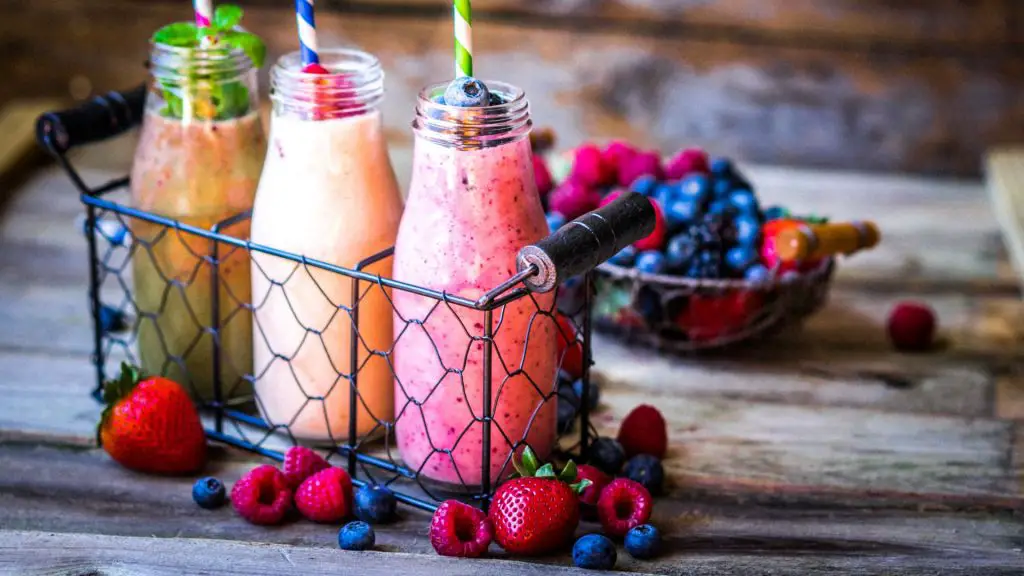
So how long will a smoothie last? The shelf life can differ slightly depending on how you store smoothies. Let’s take a look.
Room Temperature
A smoothie left at room temperature should be consumed within 12 hours or less. But who wants a warm smoothie?
Refrigerator
Storing in the refrigerator is the best option if you are going to consume within the next day or two. Strictly speaking, 24 hours is the limit, but if this time passes and it still seems ok to drink, who am I to judge?
Freezer
This is the best storage space if you have made a big batch. You can store your smoothies here for up to 3 months, and the best part about it is that you don’t have to wait for them to defrost. So instead of starting from scratch, you’ll have a frozen smoothie at any time. Think of frozen smoothies as super healthy ice cream!
Freeze Smoothie Ingredients
If you’d rather make fresh every time, why not prep smoothies by freezing just the ingredients. Freezing individual portions of fruit is a great time saver, and you can blend them from frozen.
Ice Cube Tray Method
Why not split your smoothie into individual portions using smoothie ice cubes. These are ideal if you need to freeze portions for babies or young children. Simply pour your smoothie content into the individual ice cube molds and freeze.
Which Type Of Blender Works Best?

To get the most out of your smoothies, you’ll want to use the best blender for you. That’s why I’ve put together a couple of sections to help you out.
Countertop Blender
Countertop blenders are ideal for those who make smoothies frequently. Whether you’re looking for a state-of-the-art, top-tier product or an affordable device that simply gets the job done, this market has got you covered.
Immersion Blender
These handheld devices are great for blending smoothies, soups, and food for babies. They are ideal if you don’t have much room for a countertop blender, and they work well to give you the exact consistency you desire.
Best Fruits To Use In a Smoothie
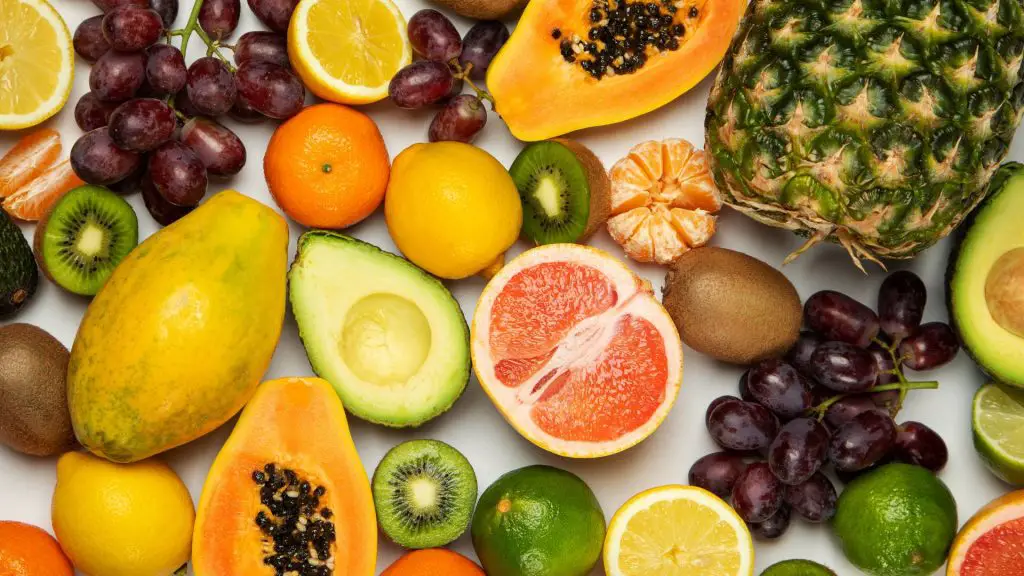
Swapping your morning croissants for nutrient-packed, homemade smoothies is a great way to get your 5-a-day. So, which fruits work best? Let’s take a look.
Bananas
Botanically a berry, bananas are a great addition to any smoothie. Brimming with potassium, this fleshy fruit provides consistency and keeps hunger locked up until lunchtime.
Berries
Strawberries, blueberries, raspberries, and blackberries will provide your body with immune-boosting antioxidants and add natural sweetness. They are good to include if making smoothies with young children as they create a lovely purple color when whizzing around the blender.
Avocado
Although avocados are a popular addition to salads and savory dishes, they are actually a fruit. The fleshy insides of this seeded fruit are bursting with an abundance of nutrients, including potassium, magnesium, niacin, and riboflavin. Typically known as a ‘healthy fat,’ avocados are a good source of fiber and give smoothies a creamy taste and velvety texture.
Citrus Fruits
Oranges, pineapples, and grapefruit work well if you like zingy, tropical flavors. If using oranges, remove as many seeds along with the pith (the white skin between the orange and the peel) before adding them into the mix.
Green Vegetables
If you struggle to include vegetables in your diet, you can always include them in your smoothie recipes. Green vegetables such as kale, spinach, and swiss chard are a great source of vitamins K and C. They’re also packed with iron and calcium, which are essential for bone and blood health.
Worst Fruits To Use In A Smoothie
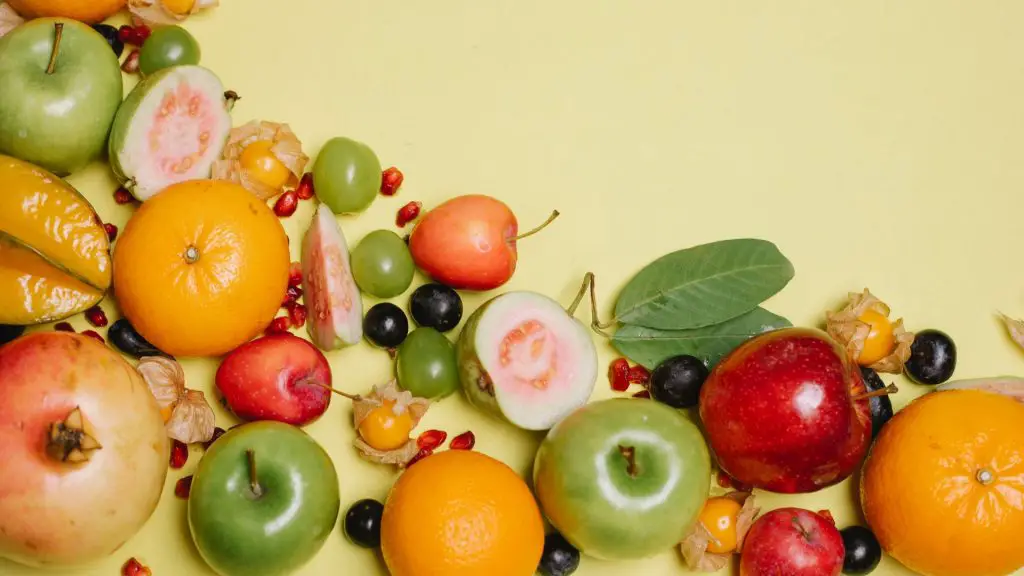
You can certainly add whatever you desire when creating your own fruit smoothies. However, there are some you may want to steer clear of.
Mangoes
Juicy and delicious, mangoes may seem like the perfect fruity addition. However, the average mango contains a whopping 46g of sugar. If you’re trying to cut down on your sugar intake, you may want to rethink your smoothie choices.
Grapes
Similarly, grapes also contain high amounts of sugar, which is not too much of a problem if eaten in moderation but probably not the best choice when opting for a healthy smoothie.
Apples
We’ve included apples on our list not because of the sugar content (which is quite reasonable). Depending on the type of apple you choose, they can be quite hard to blend, which can alter the texture of a smoothie. If your blender finds it hard to break down, you may be left with a chunky smoothie that is sometimes unappealing to the palate.
